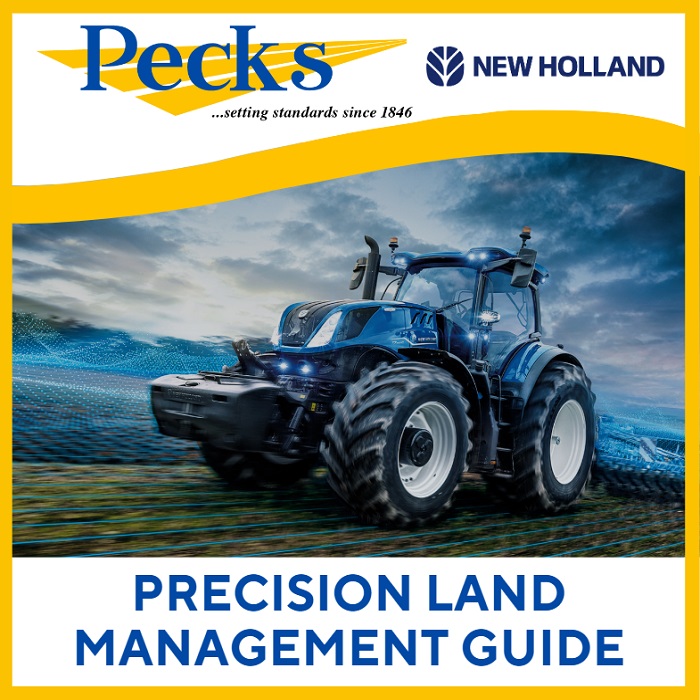Precision Land Management Guide
Why do we need correction signals in agriculture and what is Real Time Kinematic?
Today, Precision Farming and the use of GNSS technology is inseparable. Information about weather, soil conditions and crop health is combined with network technology that allow farmers to improve their productivity.
GPS is often used as an umbrella term for satellite systems. However, this only refers to the American satellite system and the generic term is GNSS (Global Navigation Satellite System). Other examples are Europe’s Galileo, Russia’s GLONASS and China’s BeiDou satellite systems.
Why do you still need a correction signal in the agricultural sector?
Explained quite simply: The earth is surrounded by the atmosphere (ionospheric and tropospheric). On its way to earth, the satellite signal needs to pass through these spheres and gets deflected – which is one of the causes for a signal bias/error.
Therefore, the positioning without any correction is only around 3-10 m accurate. We know this from car navigation, for example. In agriculture, this is not enough and every centimeter counts, so we are using correction services to achieve up to 1.5 cm accuracy.
New Holland’s PLM RTK+ – How does it work?
Real-time kinematic (RTK) is a powerful technology that is used to provide highly accurate positioning and navigation data. At New Holland, we use a Europe-wide network of fixed base stations to provide our customers the best service without them having to invest in Single Reference Stations themselves
Click here to read on…
Call your local Area Sales Manager should you require assistance
Click here for contact details

